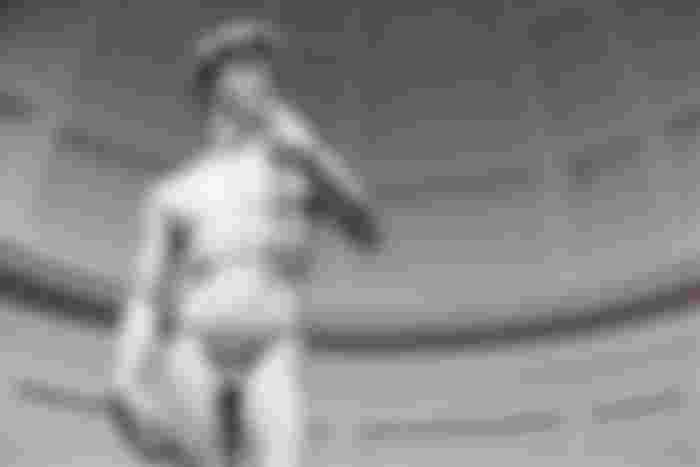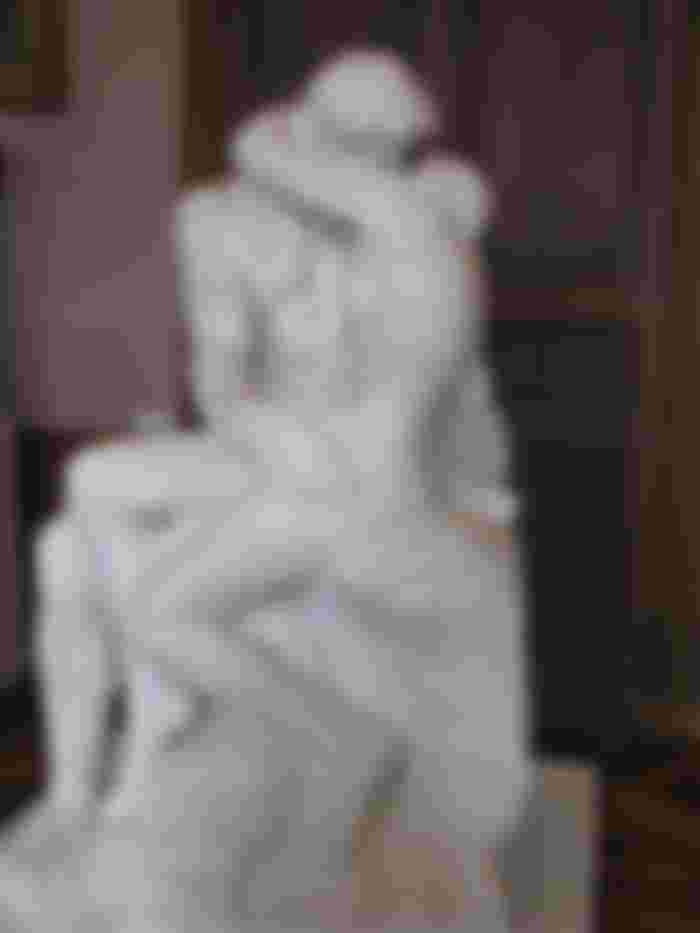Bad translations, rivalry among artists and details barely visible to the naked eye are details that once decided the fate and appearance of great works of art. In the past, these were also trivialities, such as the artist's desire to leave his personal mark on everything, no matter how small he was.
Many great works have their little secrets, and these are the most famous:
Statue of Christ the Savior

The 38-meter-high statue is a trademark of Rio de Janeiro and one of the new wonders of the world. At the same time, it is full of little secrets and messages. Although it is made of concrete, it is covered on the outside with millions of tiles made of steatite. Some volunteers who glued these tiles wrote their wishes or names on them.
Also, there is a secret door in the monument, intended for the workers who participate in its maintenance. The inner steps lead all the way to the center of the statue, and the door is also on Christ's right shoulder. They are used only by workers who control and repair damage and cracks caused by lightning and other weather conditions.
"David," Michelangelo

Michelangelo's "David" is one of the most famous statues in the world. It is located in Florence, in the Galleria dell’Accademia, and according to many, an example of what a perfect male body should look like. But only at first glance David has no flaws. Up close, it becomes clear that his eyes are looking in different directions - one directly at the receptionist, the other somewhere outside him.
Experts, however, believe that mediation is not a mistake. Michelangelo knew that since the statue was intended to stand on a pedestal, and that spectators would move around it, no one would be able to see both of his eyes up close at the same time. This way, from whichever side you look, his gaze is penetrating and strong.
"Pieta," Michelangelo

Michelangelo's "Pieta", i.e. The sculpture of the Most Holy Mother of God holding the body of Jesus Christ in her lap after the crucifixion and removal from the cross is one of the most significant sculptures in the history of art, and is considered by many to be the most powerful part of this great Italian Renaissance master.
Made of the famous Carrara marble in the period 1498-1499. It was placed in the Basilica of St. Peter in the Vatican, and was commissioned by the French Cardinal Jean de Bijeres for the chapel of the French king, which was located within the said basilica. Because of that, it served as a tombstone of this man for several centuries, and in the 18th century it was moved to its present place.
"Pieta" is the only Michelangelo's work that was signed, and Giorgio Vasari claims that he did it because he overheard a conversation between two visitors, one of whom said that the author was Cristoforo Solari. That is why "Michalangelus Bonarotus Florentinus Faciebat" is written on the edge of the Virgin's robe, i.e. "Michelangelo Bonarotti, a Florentine, did this."
Art historians point out that it represents a balance between the Renaissance ideals of classical beauty and naturalism, and Michelangelo himself said that his Christ had no signs of suffering on his face because he did not want this work to represent death but a "religious vision of abandonment and a calm face of the Son". to represent the union of man and God through sanctification through Jesus.
"Kiss," Roden

The French sculptor Auguste Rodin revolutionized sculpture by using freedom of form. His famous marble sculpture "Kiss" from 1889 represents a sensuality that shocked contemporaries. The embracing naked couple depicted in the sculpture was originally part of a group of reliefs adorning Rodin's monumental bronze portal known as the "Gates of Hell", commissioned for the planned art museum in Paris.
This couple was later removed from the portal and replaced by another couple of lovers. Today, the sculpture "Kiss" is in the Rodin Museum in Paris, and it is still one of the most famous and most adored sculptures in the world.
Roden transferred this story from "Hell" to the sculpture, but even though it is called "Kiss", what is almost imperceptible is that the lips of the lovers on this sculpture do not actually touch, because they did not have time to commit adultery before they were killed.
"Moses," Michelangelo

One of the most significant sculptural works is Michelangelo's sculpture of Moses, which is located in the church of St. Peter in Rome. This statue was among the works that Michelangelo sculpted for the unfinished tomb of Pope Julius II, which began between 1513 and 1515.
Michelangelo intentionally damaged Moses' right knee with a hammer with the words "Talk to me!". Minor damage can still be noticed today. It was made in a supernatural size of three meters in a sitting position, while when Moses got up, he would have five meters.
But one dilemma attracted much more attention than the knee - why does Moses have horns? According to one interpretation, it is considered that there was an error in the translation of the Hebrew word halo, because in Hebrew the horn and the halo are pronounced similarly. Thus, the translation of the Old Testament that reached Michelangelo, which described the moment when Moses received the 10 commandments from the Lord on Mount Sinai, was translated by the adjective cornūtus (horned) instead of the adjective corōnātus (sunlit, crowned with divine light).
Another opinion is that Moses was found by the river by an Egyptian princess and that he was therefore first part of the Egyptian clergy, until he found out about his origin. When performing pagan service, they would put horns on him as a tribute to the god Apis (bull).
Bust Nefertiti

Perhaps the greatest treasure of the New Museum in Berlin is the bust of the wife of the Egyptian pharaoh Nefertiti, made around 1340 BC. The bust is made in life size and is completely painted, and its importance is emphasized by the fact that in the room in which it is placed inside a huge glass case, it is the only work of art.
Unlike so many Egyptian sculptures, this one was not intended for a tomb. It was found in the studio of the artist who made it, and it is believed that it is a model, a prototype on the basis of which the artist planned to make other plays by Nefertiti.
Her missing left eye speaks in favor of that. The eyes of the rulers on these stalls are usually made of precious stones. But, although on this bust the right eye is painted and filled with wax, in the place of the left there is only an empty hole which suggests that there was never anything there, nor was that the intention of the artist.
What has attracted to this bust for millennia is the delicacy of the details. Her skin, bones, long neck, almost perfect symmetry and face that seem to move every hour give her a feeling of incredible elegance and beauty.
This was a new ideal of beauty, hitherto unseen in Egypt, and the reason lay in the fact that Nefertiti was the wife of Akhenaten, the pharaoh who initiated the religious reform of Egypt by declaring the solar deity Aten as the only god and thus introducing a kind of monotheism. Akhenaten also changed the way rulers were presented in art - for the first time very realistically, as they really were, and not as ideals identical to each other.





